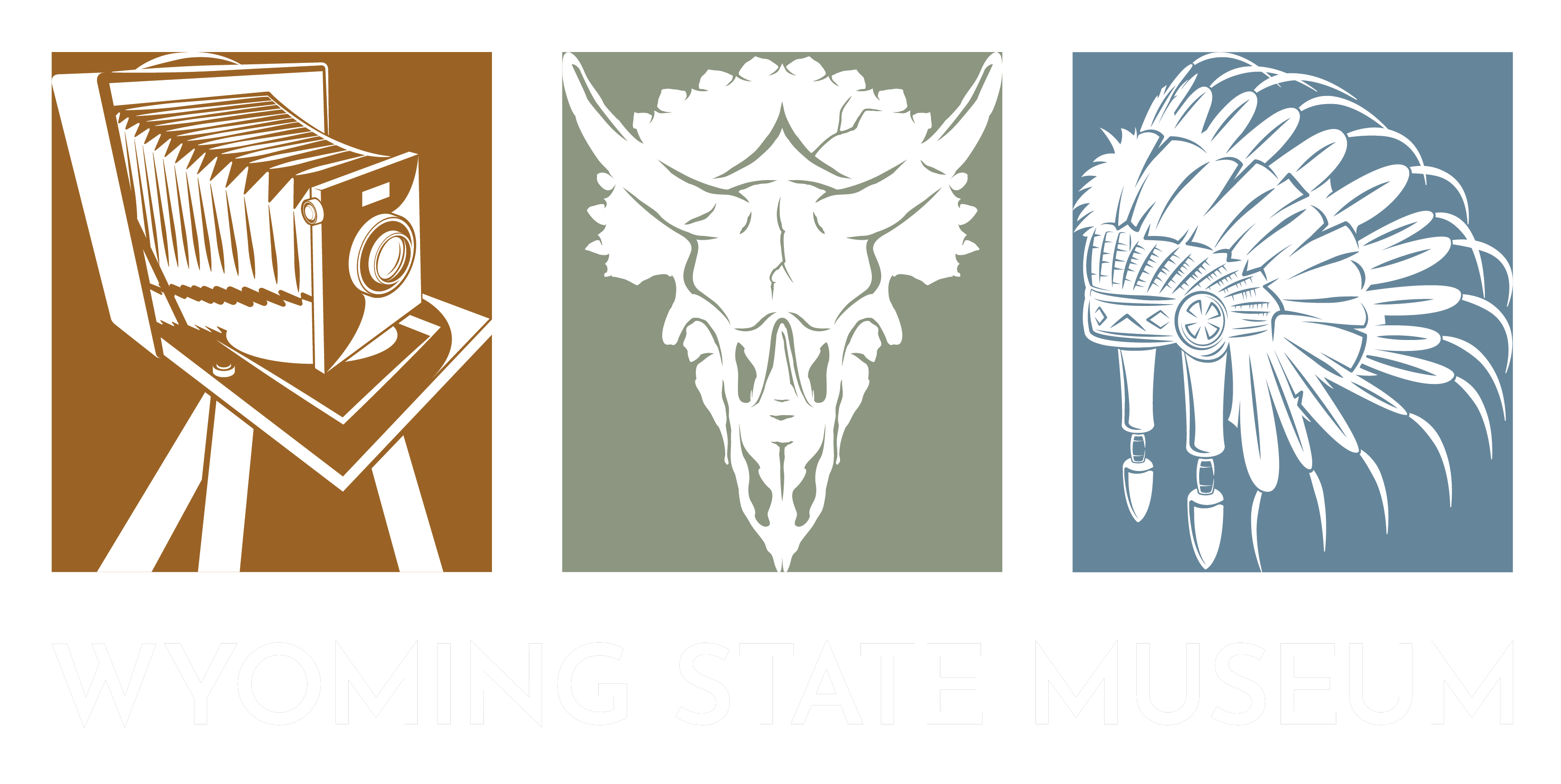Our Native Americans of the Great Plains Education Trunk has many amazing items that can help bring plains culture to life in your classroom. Our trunk includes clothing, arrowheads, a shield, bags, a drum, a feather bonnet, a flesher, bison items, and much, much more!
Our physical Education Trunks are available for FREE for teachers to pick up at our museum. If that is not possible, our Virtual Education Trunks are an amazing resource for you! They are also completely free! This page shows you an example of some of the contents of the Native Americans of the Great Plains Virtual Education Trunks. Fill out the quick request form (below) and you'll receive an IMMEDIATE text and email with the log in information for this trunk. If you have any questions, please call Jeremy at 307-286-8627.
⮜⮜ Back to Virtual Trunks
⮞⮞ Get Free Access to the Full Version of this Trunk
⮞⮞ Already Have the Password? Click Here to Login!
Beaded Strip
When Europeans and European Americans first contacted the Native People of the plains, they found that one of the most important trade items desired by the Native Americans was brightly colored beads. Traders, explorers, and even officials carried beads. They found that Native women urged their men to trade for them, so that the women might decorate clothing and other objects with brilliant patterns. Beadwork quickly became popular among the tribes of the Great Plains. With the introduction of glass trade beads, the decoration of moccasins, bags, and jewelry could be accomplished more quickly than with the older craft method of porcupine quill embroidery. Many women stopped using the traditional decorating style of quillwork (where each quill had to be sewn in place individually) for the faster method of beadwork.
Catlinite Pipe
No ceremony was more widely practiced by the people of the Great Plains than smoking. When an individual lit a mixture of tobacco and various aromatic herbs in the stone bowl of this pipe, their intent was often deeply serious. The smoke that they exhaled was seen as a breath of prayer, and the pipe itself was regarded as an intimate channel of communication to the spirit world. Careful, patient labor went into the making of a ceremonial pipe, and a good one might be worth the price of a horse or several bison robes. Pipe bowls were shaped from soft stone of varying colors, with red considered the most beautiful. The carving of pipe bowls was usually done by specialists using metal tools introduced by the Europeans. The pipe stems were often made of gray ash, willow, or cottonwood.
Stone Knife & Sheath
For sheer utility, the knife was the most serviceable weapon used by the plains warrior. They used it constantly at home, while hunting, and in battle. The earliest knives of the Native Americans of the Great Plains were made of stone and bone. Bone knives were fashioned from the larger bones of the bison (often ribs) and could be honed with sandstone to quite a sharp edge.
Drum and Beater
The drum was an important musical instrument. It was used in medicine, dancing, gambling, and religious ceremonies. Its main function was to mark time. Drums were of varying sizes, from small hand-held ones to large ones which rested on the ground and were surrounded by a small group of men. Hand drums were made of green willow and rawhide. The rawhide was soaked in water and then bound tightly over the wooden ring by strong sinew. The rawhide shrank when it dried giving the drum a tight surface. The drum was beaten and with a short stick, which might be bare, or might have a little deerskin or bison-hide wrapped around the beating end.

